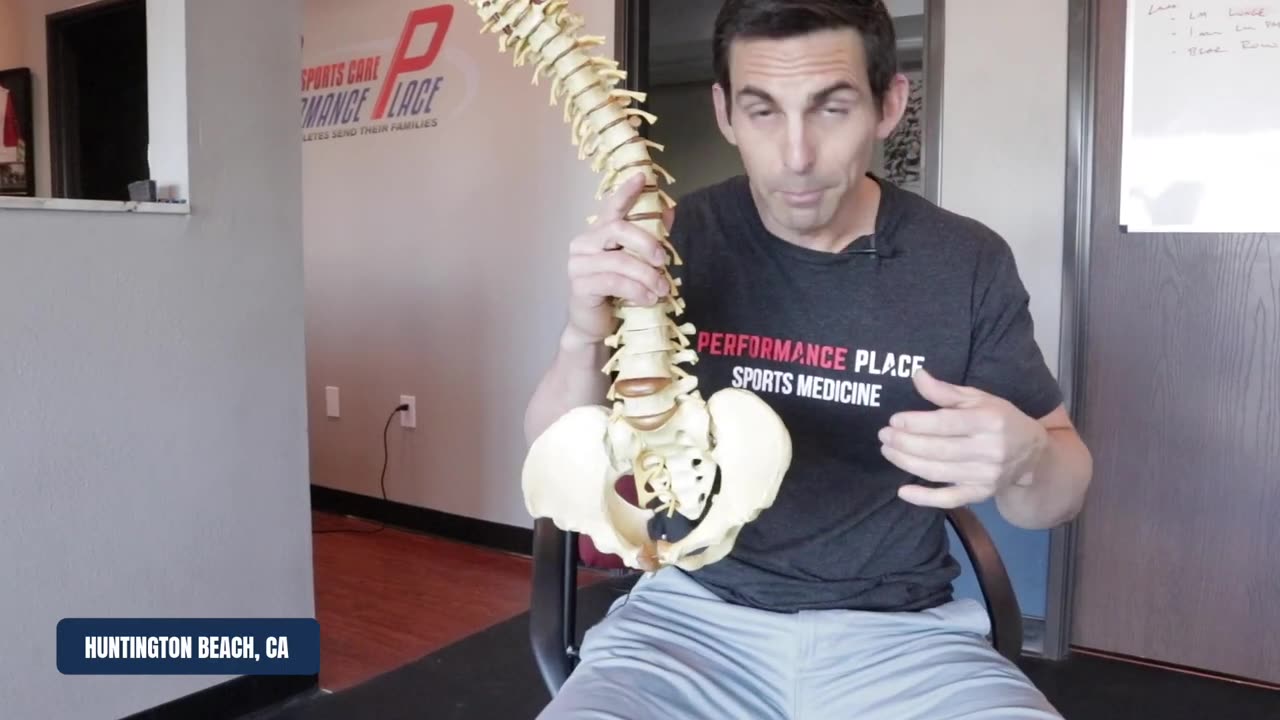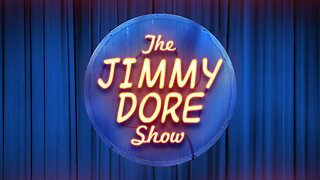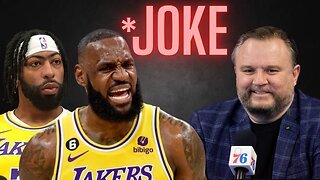Premium Only Content

Must Know Sports Hernia Diagnosis Self Treatment/ Self Test
In this video, we show a sports hernia self treatment we give many of our clients. It is not the only part of treatment. Grabbing the skin around the region of the groin strain can reduce pain and stiffness with turning and twisting. Sports hernias are often misdiagnosed with hip labrum tears, hip impingement, adductor tendonitis and abdominal strains.
Option 1: Groin On-Demand Webinar https://bit.ly/37thtNF
Option 2: eBook Unveiling The Mystery Behind Groin Pain in Athletes https://www.p2sportscare.com/product/understanding-sports-hernias-unveiling-the-mystery-behind-groin-pain/
Option 2: Video Guide https://bit.ly/33aLIqC
Option 3 (the best): Work With Us https://www.p2sportscare.com/
Sports Hernia Diagnosis
What Is A Sports Hernia?
A sports hernia is tearing of the transversalis fascia of the lower abdominal or groin region. A common misconception is that a sports hernia is the same as a traditional hernia. The mechanism of injury is rapid twisting and change of direction within sports, such as football, basketball, soccer and hockey.
The term “sports hernia” is becoming mainstream with more professional athletes being diagnosed. The following are just to name a few:
Torii Hunter
Tom Brady
Ryan Getzlaf
Julio Jones
Jeremy Shockey
If you follow any of these professional athletes, they all seem to have the same thing in common: Lingering groin pain. If you play fantasy sports, this is a major headache since it seems so minor, but it can land a player on Injury Reserve on a moments notice. In real life, it is a very frustrating condition to say the least. It is hard to pin point, goes away with rest and comes back after activity, but is hardly painful enough to make you want to stop. It lingers and is always on your mind. And if you’re looking for my step-by-step sports hernia rehab video course here it is.
One the best definitions of Sport hernias is the following by Harmon:
The phenomena of chronic activity–related groin pain that it is unresponsive to conservative therapy and significantly improves with surgical repair.”
This is truly how sports hernias behave in a clinical setting. It is not uncommon for a sports hernia to be unrecognized for months and even years. Unlike your typical sports injury, most sports medicine offices have only seen a handful of cases. It’s just not on most doctors’ radar. The purpose of this article is not only to bring awareness about sports hernias, but also to educate.
Will you find quick fixes in this article for sports hernia rehab?
Nope. There is no quick fix for this condition, and if someone is trying to sell you one, they are blowing smoke up your you-know-what.
Is there a way to decrease the pain related to sports hernias?
Yes. Proper rehab and avoidance of activity for a certain period of time will assist greatly, but this will not always stop it from coming back. Pain is the first thing to go and last thing to come. Do not be fooled when you become pain-free by resting it. Pain is only one measure of improvement in your rehab. Strength, change of direction, balance and power (just to name a few) are important, since you obviously desire to play your sport again. If you wanted to be a couch potato, you would be feeling better in no time. Watching Sports Center doesn’t require any movement.
Why is this article so long?
There is a lot of information on sports hernias available to you on the web. However, much of the information is spread out all over the internet and hard for athletes to digest due to complicated terminology. This article lays out the foundational terminology you will need to understand what options you have with your injury. We will go over anatomy, biomechanics, rehab, surgery, and even the fun facts. The information I am using is from the last ten years of medical research, up until 2016. We will be making updates overtime when something new is found as well. So link to this page and share with friends. This is the best source for information on sports hernias you will find.
Common Names (or Aliases?) for Sports Hernias
Sportsman’s Hernia
Athletic Pubalgia
Gilmore’s Groin
How Do You Know If You Have A Sports Hernia?
Typical athlete characteristics:
Male, age mid-20s
#sportsherniadiagnosisselftreatment #sportshernia #california
-
 LIVE
LIVE
The Jimmy Dore Show
41 minutes agoEven Mainstream Media NOT BUYING Epstein Jail Video! Pelosi TARGETED by Congress Stock Trading Ban!
11,223 watching -
 LIVE
LIVE
Glenn Greenwald
3 hours agoNew Russiagate Disclosures Show Depths of CIA & FBI Guilt; Trump Forcing Universities to Adopt DEI Programs Only for Jewish Students; The "Pogrom" at FSU | SYSTEM UPDATE #496
2,933 watching -
 LIVE
LIVE
The Illusion of Consensus
21 minutes agoDEBATE: Alex Berenson vs Dave Smith on Holocaust, Israel/Gaza
578 watching -
 51:41
51:41
BonginoReport
8 hours agoParalyzed Woman Blames COVID-19 Jab, Sues Moderna! - Nightly Scroll w/ Hayley Caronia (Ep.103)
81.3K36 -
 LIVE
LIVE
Dr Disrespect
8 hours ago🔴LIVE - DR DISRESPECT - STREAMING UNTIL I GET A 25 KILL GAME
2,530 watching -
 LIVE
LIVE
Robert Gouveia
2 hours agoNew Jail Video 'Discrepancies' DISCOVERED! FBI Burn Bag! Biden Appointee FIRED!
1,273 watching -
 15:18
15:18
T-SPLY
4 hours agoCNN DROPPED a NUKE On Democrats - Worst Polls Ever!
1.91K1 -
 7:21
7:21
SKAP ATTACK
6 hours agoNBA Execs Think the Bubble Championship is a Joke
2.34K -
 8:29
8:29
ARFCOM News
5 hours agoAG ~~REFUSES~~ To Stop Enforcing Unconstitutional Law | How Trump Plans To Give Guns Back To Felons
2.11K2 -
 LIVE
LIVE
LFA TV
23 hours agoLFA TV ALL DAY STREAM - FRIDAY 8/1/25
773 watching